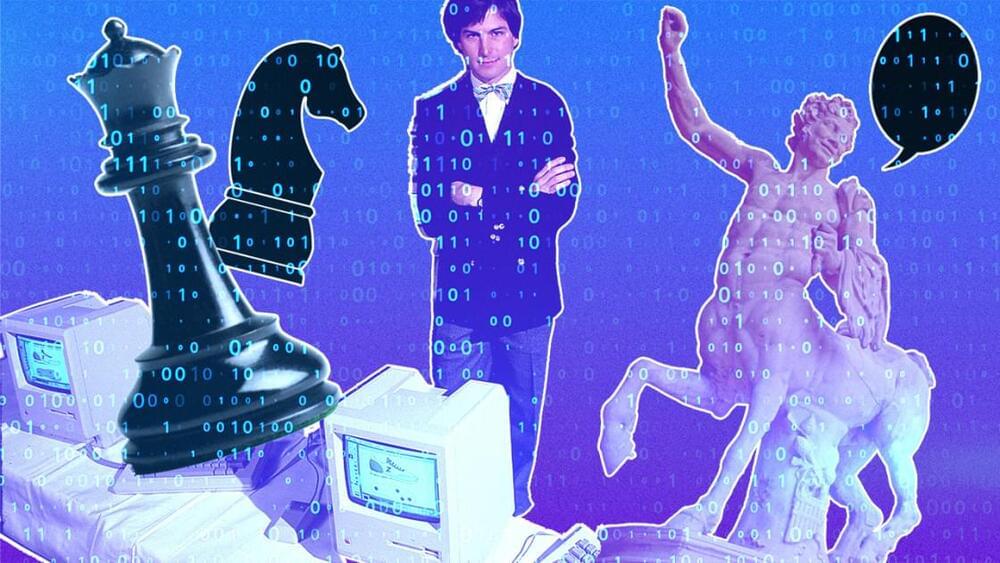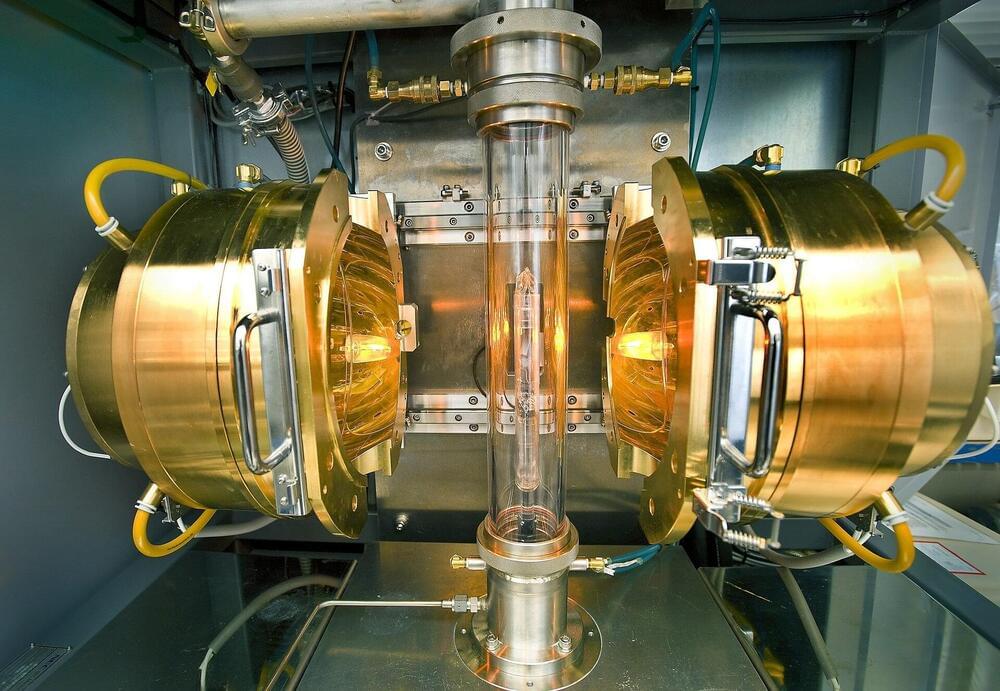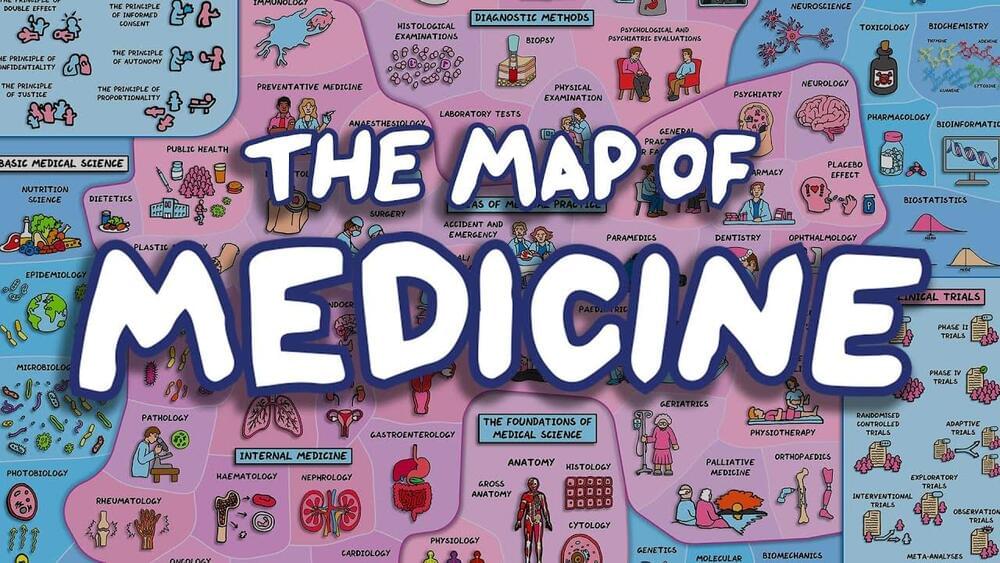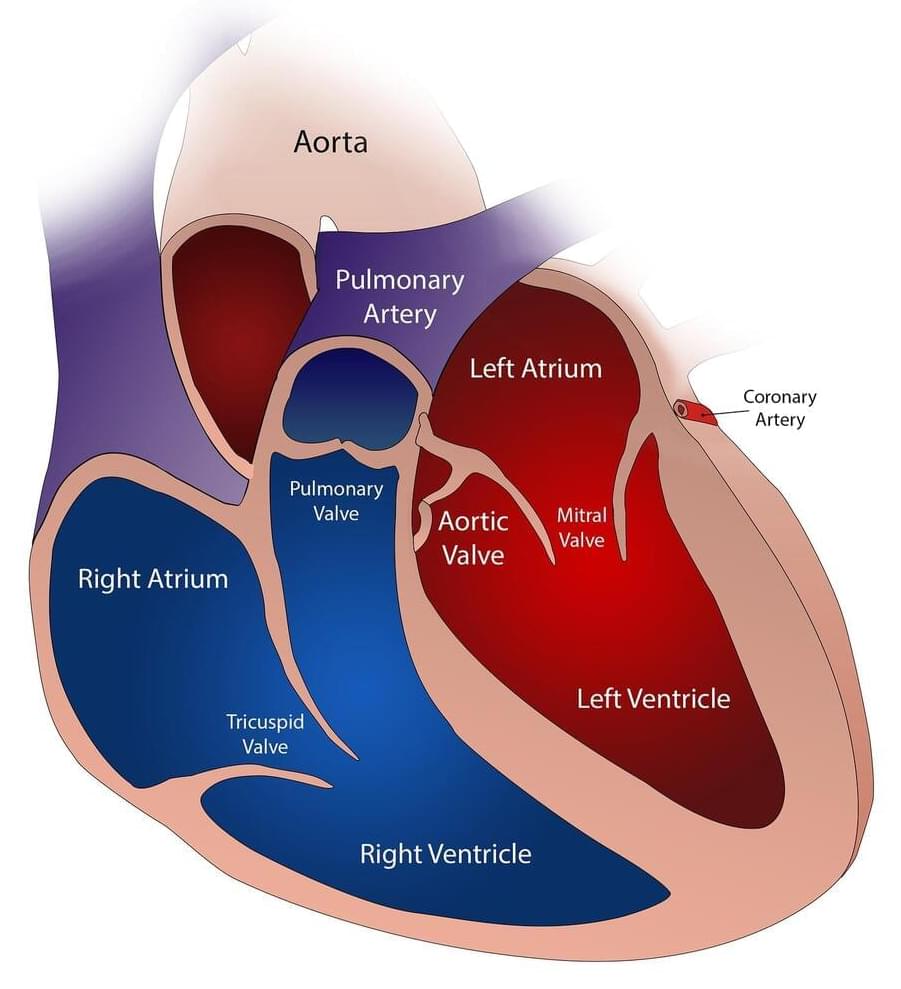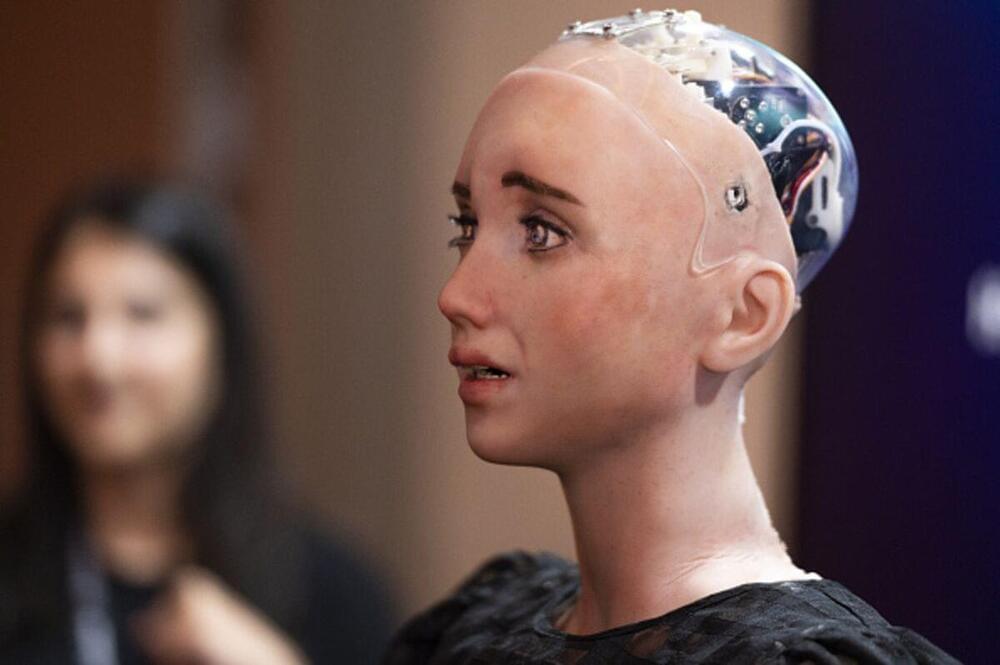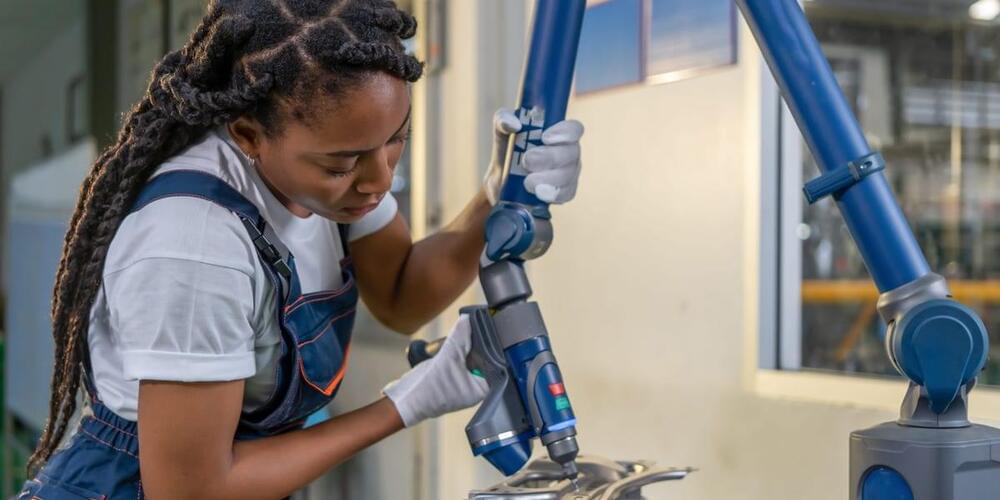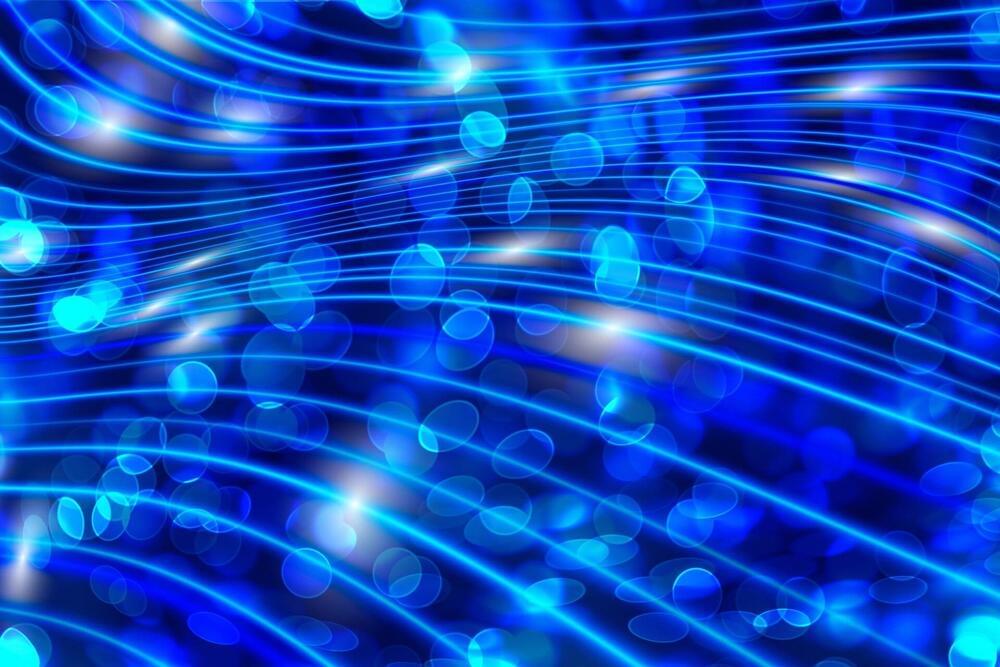
Quantum computing, just like traditional computing, needs a way to store the information it uses and processes. On the computer you’re using right now, information, whether it be photos of your dog, a reminder about a friend’s birthday, or the words you’re typing into browser’s address bar, must be stored somewhere. Quantum computing, being a new field, is still working out where and how to store quantum information.
In a paper published in the journal Nature Physics, Mohammad Mirhosseini, assistant professor of electrical engineering and applied physics, shows a new method his lab has developed for efficiently translating electrical quantum states into sound and vice versa. This type of translation may allow for storing quantum information prepared by future quantum computers, which are likely to made from electrical circuits.
This method makes use of what are known as phonons, the sound equivalent of a light particle called a photon. (Remember that in quantum mechanics, all waves are particles and vice versa). The experiment investigates phonons for storing quantum information because it’s relatively easy to build small devices that can store these mechanical waves.

